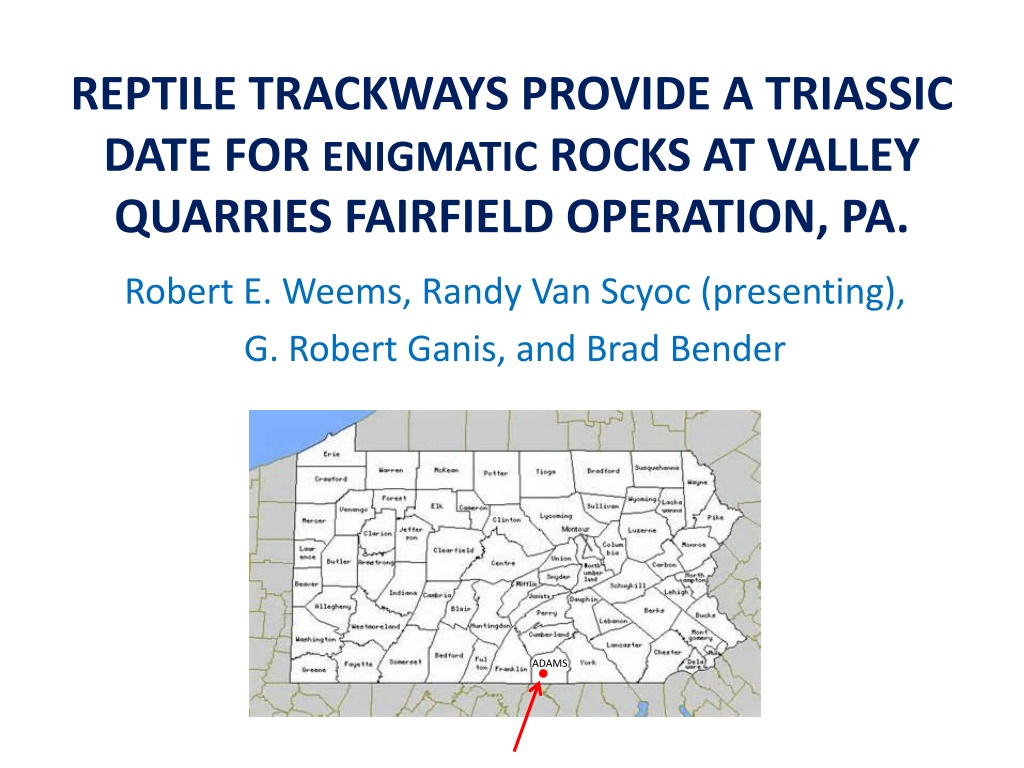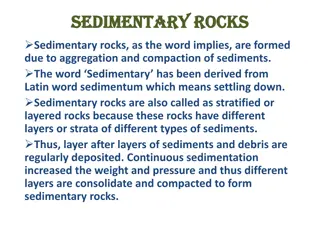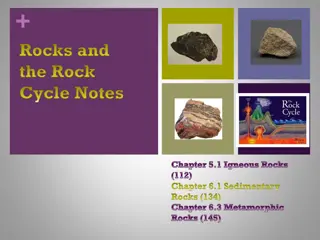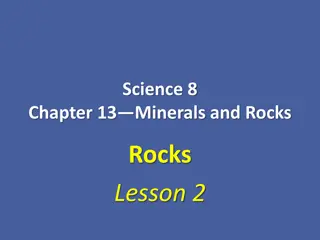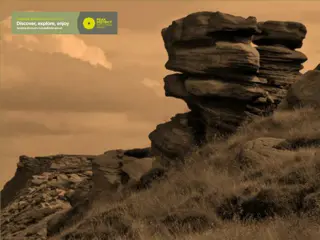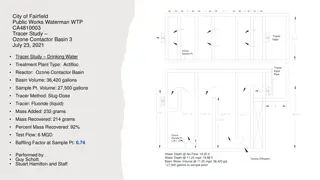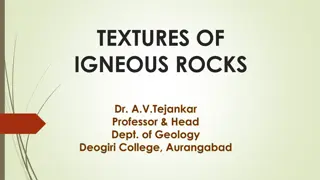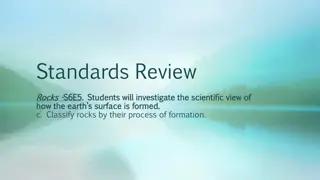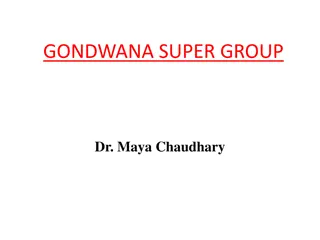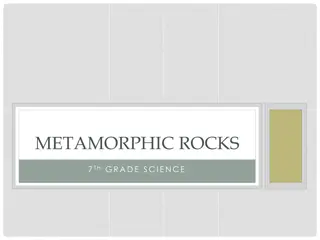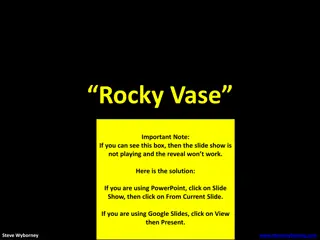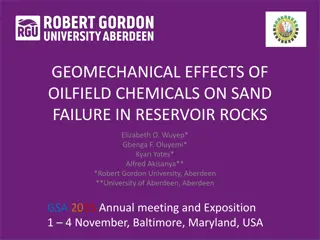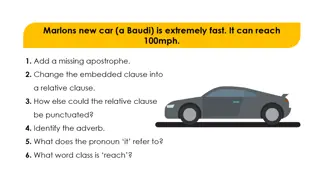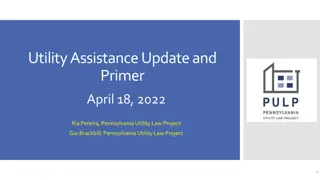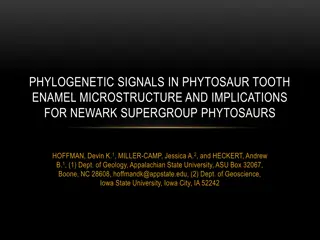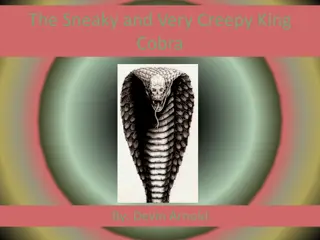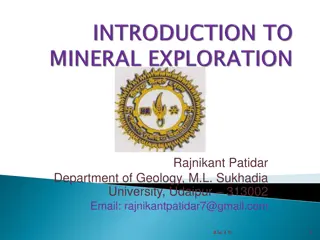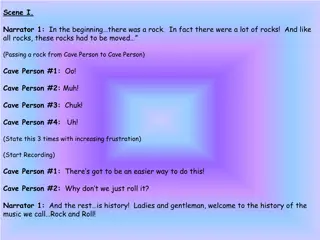Enigmatic Triassic Rocks and Reptile Trackways in Fairfield, Pennsylvania
Structurally isolated, highly metamorphosed carbonate rocks at Valley Quarries in Fairfield, Pennsylvania were dated to the Triassic period using reptile trackways, providing insight into the region's geology. Discovery of various footprints revealed unique lithologies and ancient environments, including dinosaur tracks resembling Coelophysis bauri. Intriguing insights into pre-Jurassic ages and ancient lakeshores were uncovered through the study of these enigmatic rocks.
Download Presentation

Please find below an Image/Link to download the presentation.
The content on the website is provided AS IS for your information and personal use only. It may not be sold, licensed, or shared on other websites without obtaining consent from the author. Download presentation by click this link. If you encounter any issues during the download, it is possible that the publisher has removed the file from their server.
E N D
Presentation Transcript
REPTILE TRACKWAYS PROVIDE A TRIASSIC DATE FOR ENIGMATIC ROCKS AT VALLEY QUARRIES FAIRFIELD OPERATION, PA. Robert E. Weems, Randy Van Scyoc (presenting), G. Robert Ganis, and Brad Bender ADAMS
The age of the structurally isolated, metamorphosed carbonate rocks quarried by Valley Quarries near Fairfield, Pennsylvania has long been in doubt. Highly metamorphosed conglomeratic carbonate rocks lacking siliciclastic Blue Ridge clasts are not at all typical Gettysburg Basin strata
Two principle lithologies are present: thin shaly beds and thick carbonate-conglomerate beds
Intrusive CAMP diabases demonstrate a pre-Jurassic age. Better age control was not possible before the discovery of footprints.
The thin shaly intervals have proven to have not only ripple marks, stromatolites, and mudcracks, but also reptile footprints
Five kinds of tracks and trackways were uncovered on a single bedding plane, exposed with the help of people from Valley Quarries, Pennsylvania Geologic Survey, and Dickinson College Most tracks trend either northwest-southeast (perpendicular to the basin axis) Or southwest-northeast (parallel to the basin axis). These trends were probably normal or parallel to the shoreline of a shallow lake present at that time.
Two kinds of dinosaur tracks are represented Small bird-like Grallator Grallator tuberosus (not found on main track surface)
These animals were very similar to the small dinosaur Coelophysis bauri from New Mexico
Big and small brachychirothere tracks (made by aetosaurs) also are present. They occur only in the Triassic. Brachychirotherium parvum Brachychirotherium hassfurtense Restoration of the aetosaur Desmatosuchus
Two other trackmakers also are present Rhynchosauroides (Lizard-like reptile) File:Mystriosuchus.jpg Apatopus lineatus (Swimming scrapes of a parasuchian)
These ichnotaxa co-occur only in the Upper Triassic
Stose & Bascom (1929) were essentially correct: the quarry is developed in strongly metamorphosed Gettysburg strata high within or above the Heidlersburg Member The Redondestheria grovetonensis conchostracan zone recently was found just below the Heidlersburg Member
The Redondestheria grovetonensis conchostracan zone is the basal zone of the upper Norian (Sevatian), so the quarry footprint fauna is almost certainly late Norian in age These zones are missing in The Newark Supergroup, But present in New Mexico and Germany Redondestheria grovetonensis 1 mm
The Culpeper Quarry footprint site in Virginia lies just below the R. grovetonensis zone, so the Fairfield Quarry site is younger
The Fairfield tracksite is the first diverse ichnofauna reported from the upper Gettysburg Formation. Two other track sites from lower in the basin have been reported in the past
